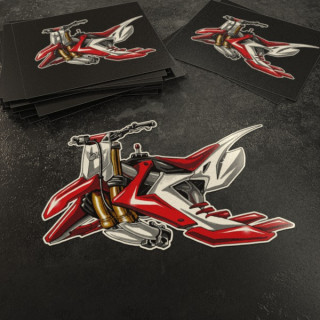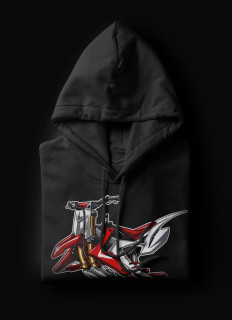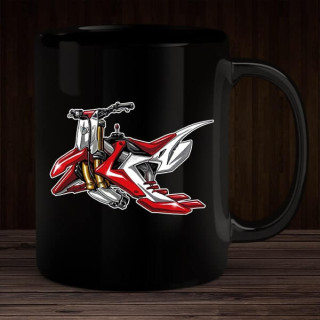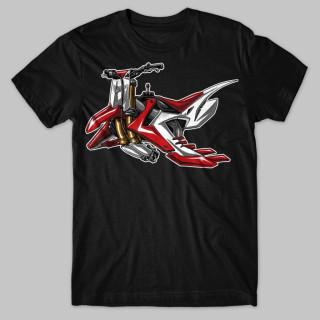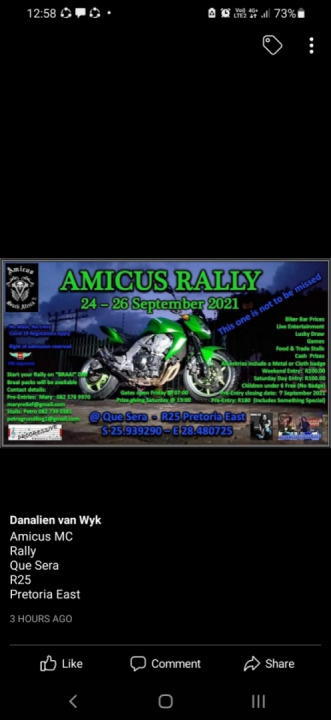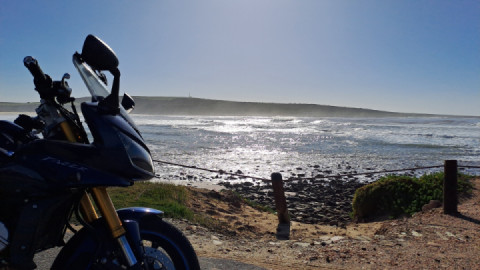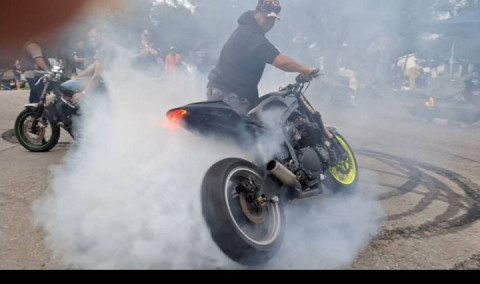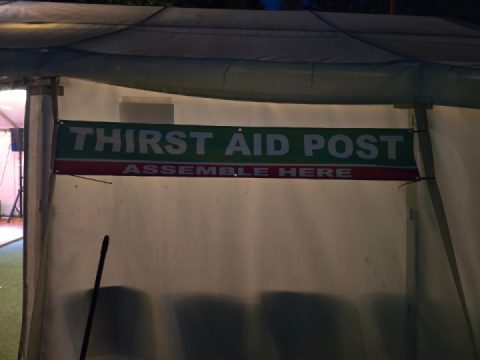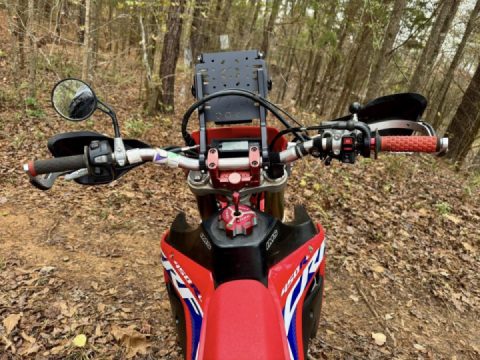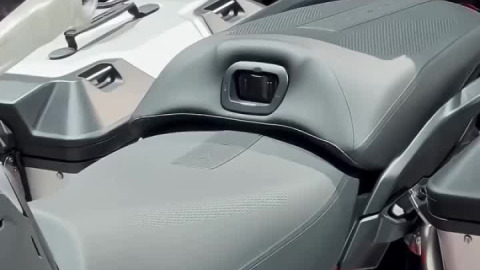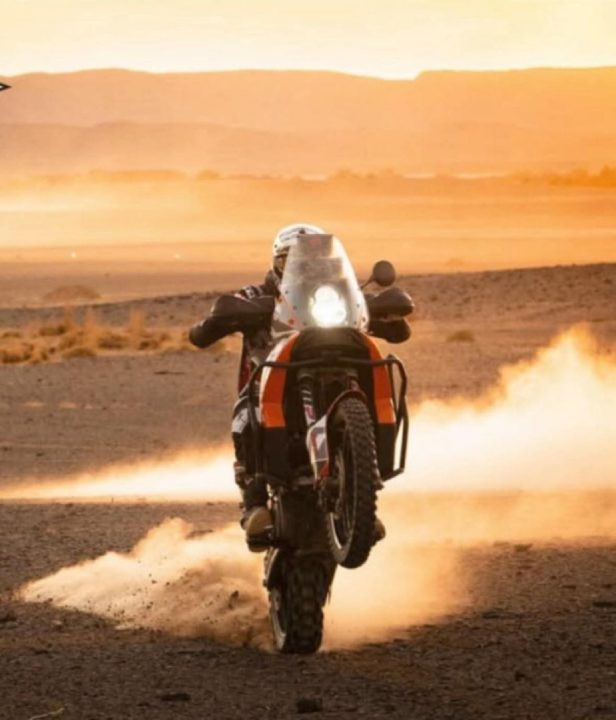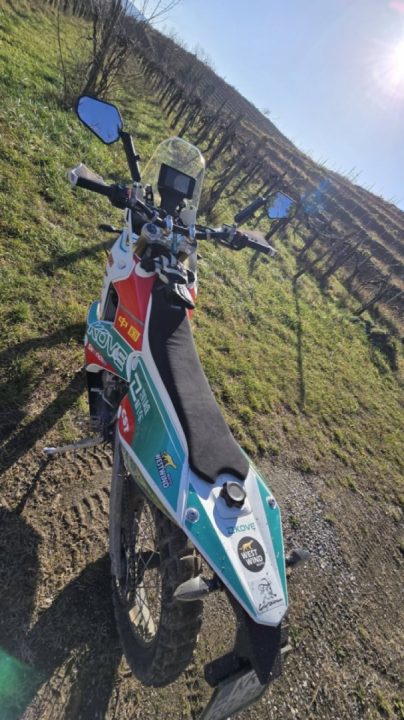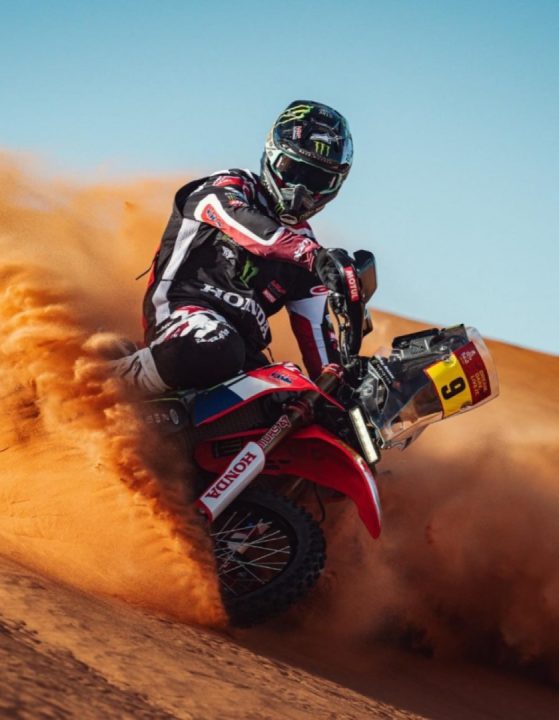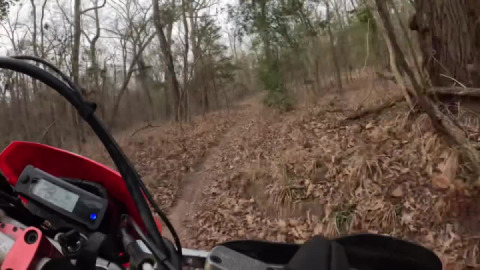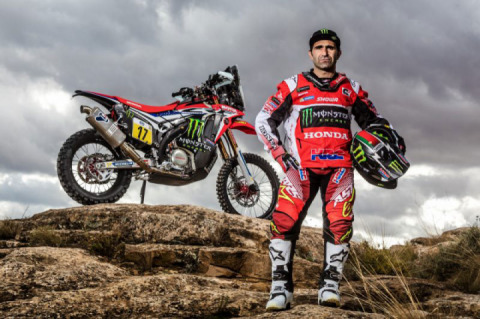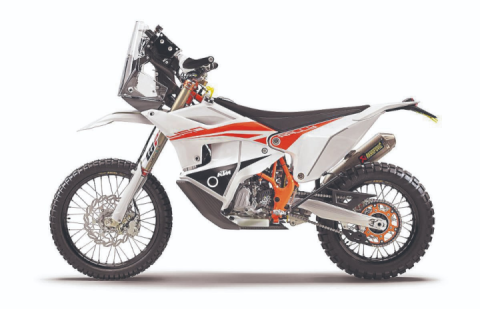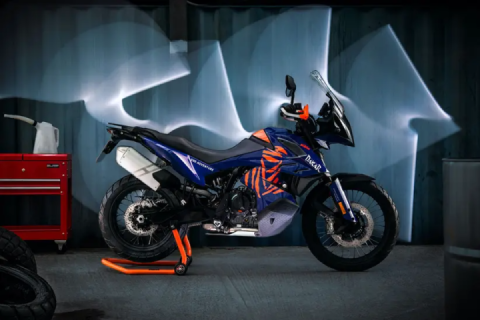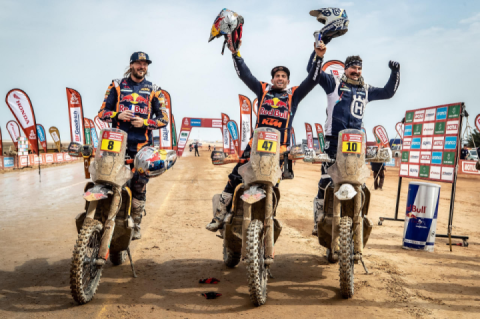
CRF450 RALLY at the Dakar Rally
The CRF450 RALLY thunders across Dakar Rally routes at an astounding average speed. It looks similar the the CRF250 RALLY seen on the streets of Japan, but is a completely different beast.
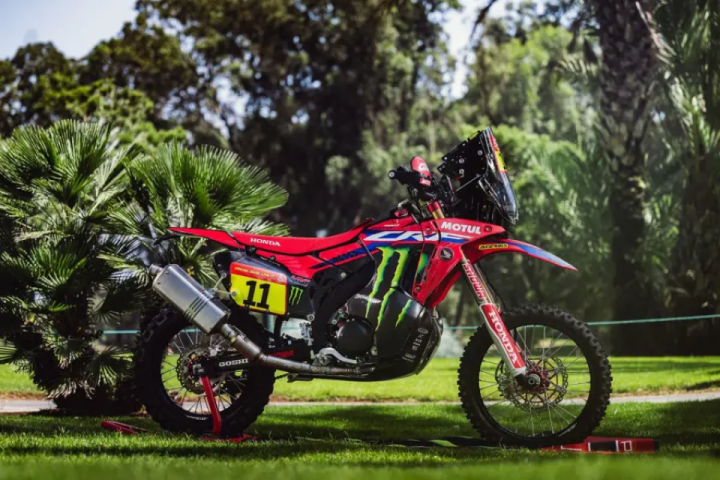
The ultimate factory off-roader, a result from the setback of 2013
Team HRC returned to the Dakar Rally in 2013 after a 24-year hiatus. The CRF450 RALLY, based on the production CRF450X cross-country machine, was the bike designed to beat Honda’s competition. Although it was powered by Honda’s unique Unicam SOHC system, and modified for rally racing, it suffered from a lack of power. To overcome this issue, the new CRF450RALLY was launched in 2014.
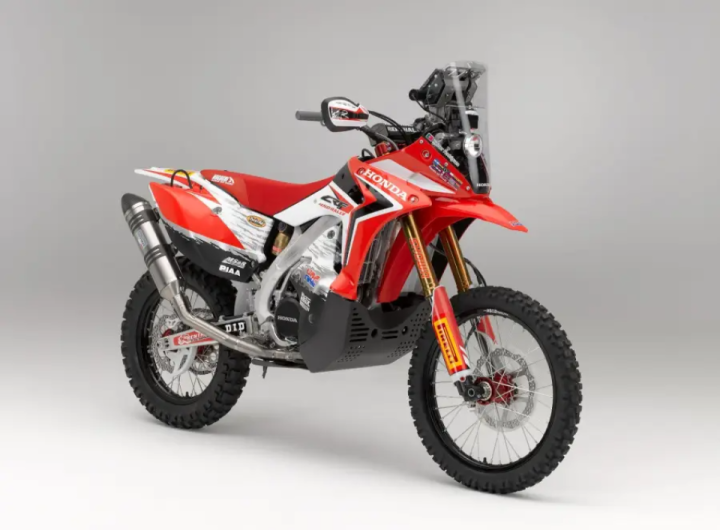
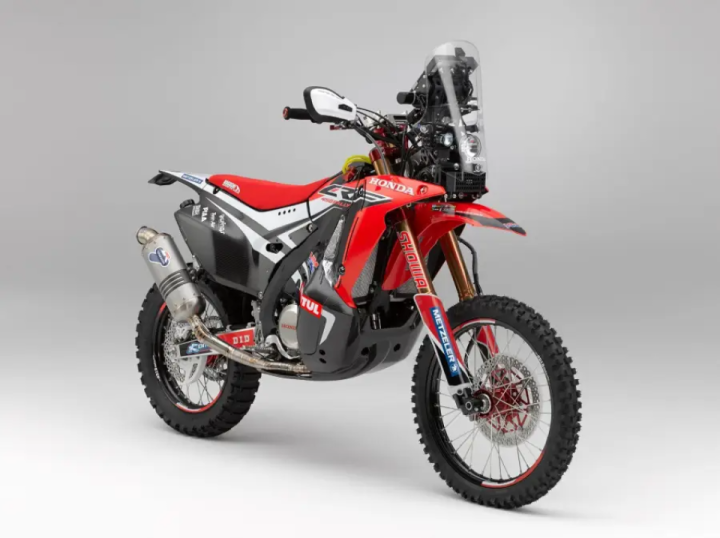
The 2014 CRF450RALLY looked the same as the previous year’s model, but on the inside, it was completely different. In the 2010s, factory bikes existed to feed gained knowhow back into production models, but the 2014 CRF450RALLY was known to be designed solely to win the Dakar Rally. It’s engine went against Honda’s conventional off-road racer theory, employing a DOHC head to increase revs and power. The new-generation rally bike aluminum frame had air intakes high up on the chassis. Problems with low oxygen levels in the high altitudes of South America were solved by using technology such as PGM-FI (electronic fuel injection), which are still used in the current model.
The CRF450RALLY is the perfect bike for this year’s Dakar.
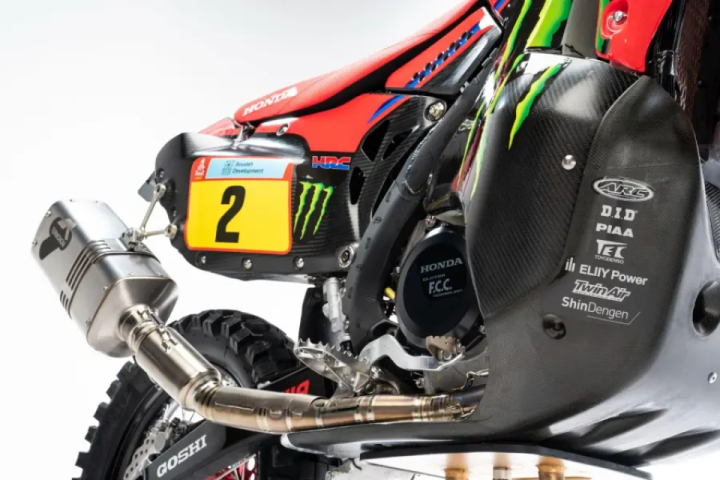
The modern racing engine that lasts for over 8,000 km
In the past, mid-race engine replacements were the norm for factory bikes competing in the Dakar Rally. When the second-generation CRF450 RALLY debuted in 2014, the new regulations penalized the first engine-swap by 15 minutes, and the second swap by 45 minutes. While most teams swapped out their engines on the rest day, Team HRC completed the South American-era Dakar Rally without changing its engines, even once. Pistons and piston rings for the CRF450R motocrosser, for example are so sensitive that they are recommended to be changed every 15 hours, but the durability of the Dakar bikes has improved over the past eight years so much that from 2021, a time penalty wasintroduced for piston changes.

Since the 2022 event, the Dakar Rally has been included as Round 1 of the FIM World Rally-Raid Championship, becoming subject to FIM noise regulations, measured by the 2mMAX method (sound volume measured from two meters to the right rear of the bike). Modern silencers and exhausts are designed to comply with these regulations.
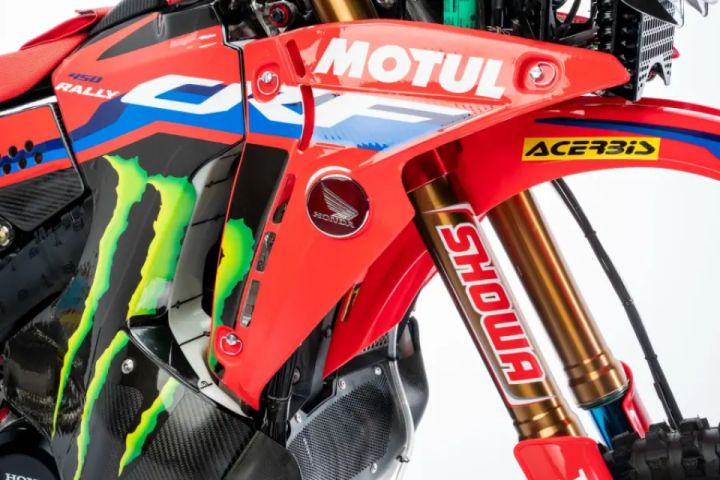
Although the 2014 CRF450 RALLY was built solely to win the Dakar, technology from later iterations finds its way into Honda’s production bikes. The CRF250RALLY's front fairing features rally-derived aerodynamic technology to protect the rider from wind-pressure fatigue on highways.
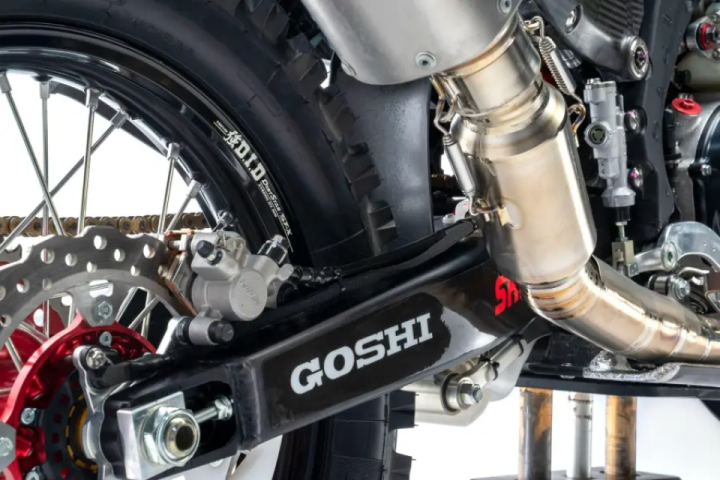
Swingarms filled with water?
The Dakar Rally has regulations designed to ensure that the racing bikes can not only complete the race, but survive deserts and rough terrain. For example, carrying spare water was mandated since the first edition, and previous CRF450RALLY versions used the swingarm as a spare water tank. Space-saving measures were not uncommon in designing rally bikes. Some teams left their swing arms empty to save weight, which led to random inspections to make sure teams complied.
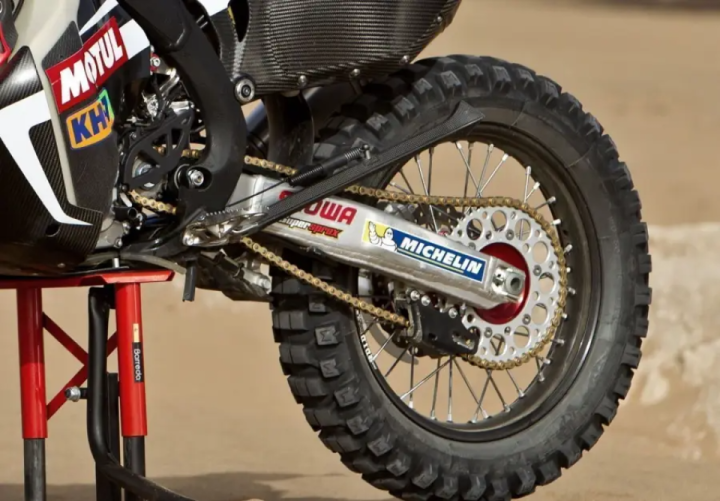
Although designed only as a precautionary measure, there were HRC riders in the past who actually survived thanks to this swingarm water. "The water tasted so bad, I thought I would die," commented one rider. Since random tests of the swingarm water tanks was painstakly slow, the emergency water tank is now positioned within the fairing.
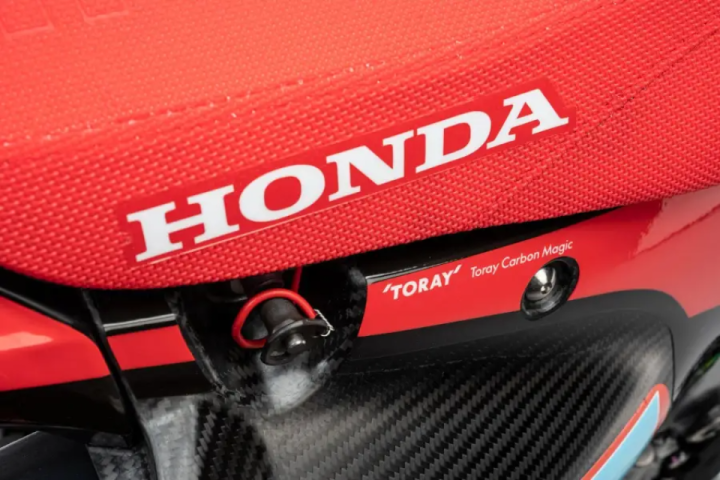
The 2014 CRF450RALLY's fairings were made almost entirely of carbon, was mostly replaced by plastic in subsequent versions. Carbon, while stronger, was prone to cracking under certain circumstances. Today, carbon is only used in the rear section and rally navigation towers. Bolts were also replaced with quick fasteners, making maintenance easier.
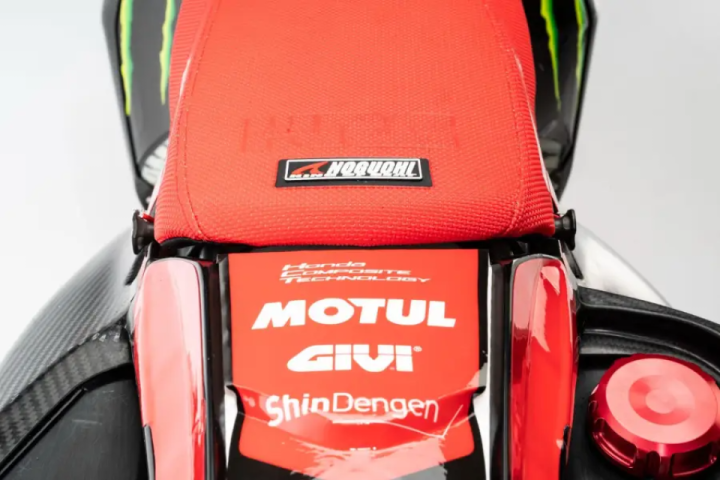
The CRF450 RALLY has been using NOGUCHI seats, from the company Gifu, with design and sponge tailored to each rider. The seats’ outstanding quality were the result of NOGUCHI SEAT staff traveling onsite to do testing and gain feedback.
Rally navigation towers
The rally navigation tower is an indispensable part of the Dakar Rally. It houses the map case containing navigation devices and road map (frame map), and any failures result in severe disruption in navigating, and significant time loss.
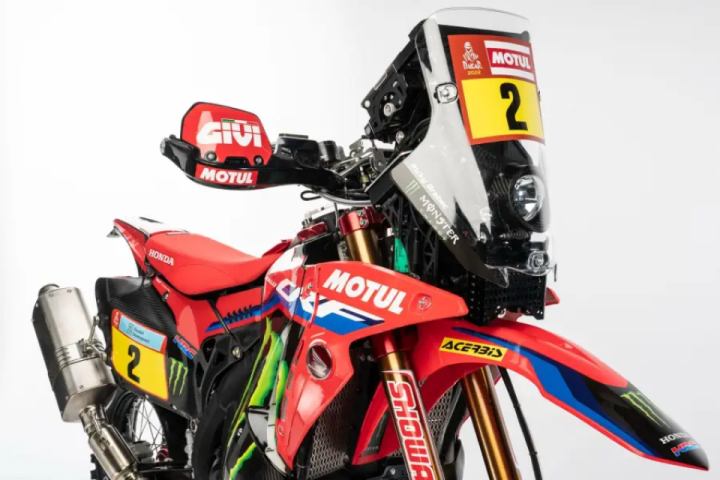
The case in the middle is the map case. An electric roller shows paper frames, operated by the toggle switch on the left. The two instruments on the top of the map case are rally computers: one is a trip meter, and the other a cup (direction) meter. Instruments below the map case are also rally computers, which are provided by the organizer as spares. These instruments are also switch-operated by left hand. Riders can wind back the trip meter if they get lost on the route.
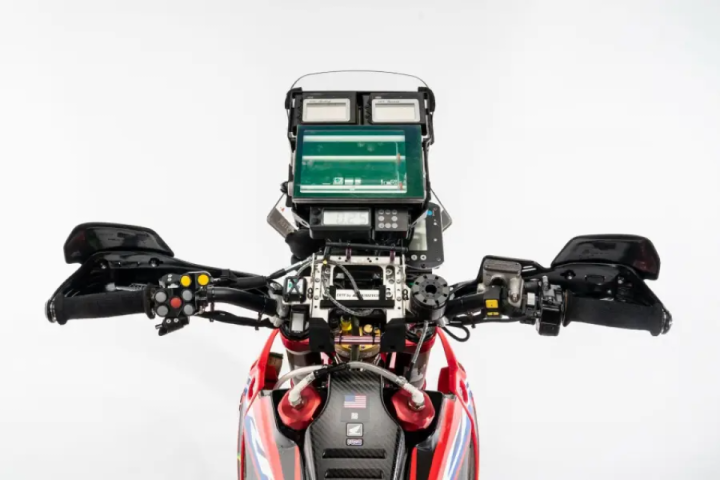
Rally navigation towers were conventionally made of aluminum, but with the 2022 CRF450 RALLY, a carbon monocoque body is used, increasing strength and decreasing weight. In 2023, however, this system will be replaced by a digital road book, provided on a tablet, setting the stage for a new era Dakar Rally.
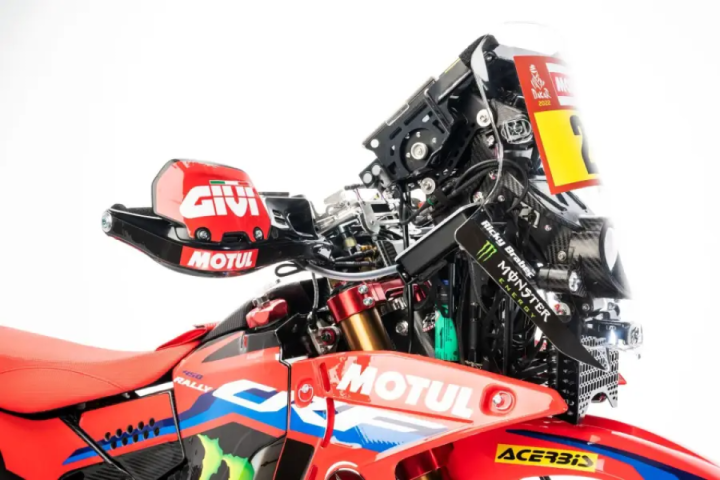
#Honda #Rally #Adventure #Dakar #CRF450


